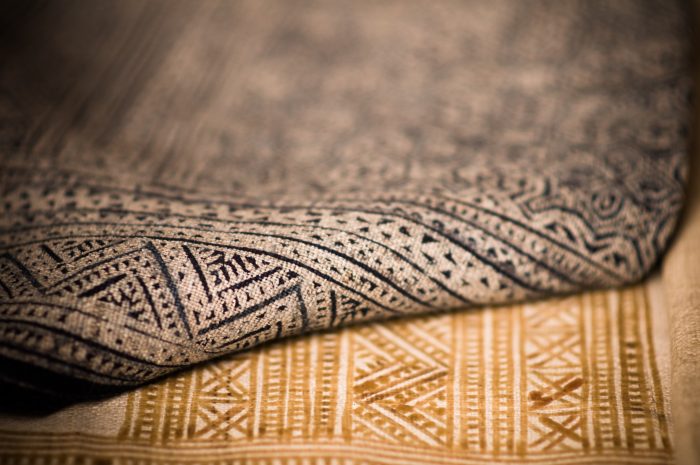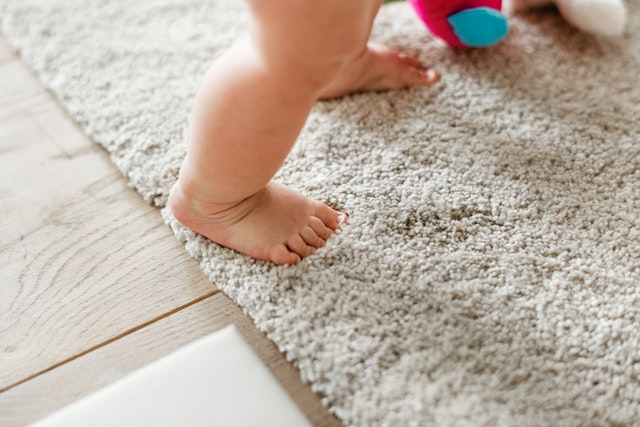Most people overlook their carpet padding, cushion or underlay. However, this part of your carpet plays a critical role in your carpet’s performance and appearance. Did you know that the right carpet padding can make or break a carpet purchase? It’s crucial, therefore, to know how to choose carpet padding.
How to Choose Carpet Padding
In this post, we’ll look at some of the factors to consider when choosing your carpet padding. We’ll also break down some of the benefits of installing carpet padding.
What is Carpet Padding?
Your carpet padding is a spongy sheet that goes under your carpet. it’s usually cut slightly smaller than your carpet to make it fit inside the carpet tack strip that keeps it in place. An installer will either glue or staple the padding to the subfloor, using specialized tape to join sections of the padding. Just remember that your carpets, and potentially the padding too, will need to be professionally cleaned on occasion to keep allergens and bacteria away.
Your carpet pad’s main purpose is to protect your carpet. It keeps the carpet’s underside from wearing against the bare floor. It also reduces the stress on your carpet by absorbing impact from furniture and footsteps. The carpet pad serves other functions including:

- Creates a softer feel/walk to the carpet.
- Dampens sound.
- Provides thermal insulation.
- Makes cleaning your carpet more efficient.
Installing the wrong pad to your carpet can sometimes void your warranty, so it’s important to always look at the manufacturer’s recommendations. Before choosing a carpet pad you need to look at where you’ll use it. Think about the kind of traffic or activities and choose a pad that can take a beating if you’re going to be rough on it. The traffic will also determine when you should have the carpets cleaned.
A general rule of thumb for most residential applications is to choose carpet padding that’s no less than 1/4 inch thick and no more than 7/16 inch with a density of 6 pounds per cubic feet. If you have a low-profile carpet or Berber, choose padding that’s no more than 3/8-inch-thick with 8 pounds of density.
The type and thickness of the cushion you need depend on patterns and traffic levels. For instance, lounge areas, dens, bedrooms and other rooms with light to moderate traffic can use a thicker and softer cushion. Carpet on stairs, hallways, family rooms, living rooms and other areas with heavy traffic require thinner, firmer padding.
The wrong padding can have several negative impacts, including a breakdown of the carpet structure itself, separation of carpet seams and wrinkling.
A Quick Guide
High-level loop carpet, cut-loop or residential cut pile requires resilient, firm padding. Types of padding may vary and often includes various polyurethane foams, including the very common bonded foam product often referred to as rubber, fiber or rebond.
Cut pile, thinner loop or Berber carpet is made with large, wide loops and a low flexing, stable padding is necessary. You can’t go for a thicker, softer cushion. The thickness of the cushion shouldn’t exceed 3/8 inch. You also want to check with the manufacturer of the carpet if specific padding is required.
Bottom Line
Now you know how to choose carpet padding. Bear in mind that the most critical factor when choosing padding is the density. Padding that’s not dense enough will not protect your carpet. Having the right padding can help your carpet handle pets and high traffic. If you’re shopping for new padding and have no clue where to start, consider talking to an expert for advice.
